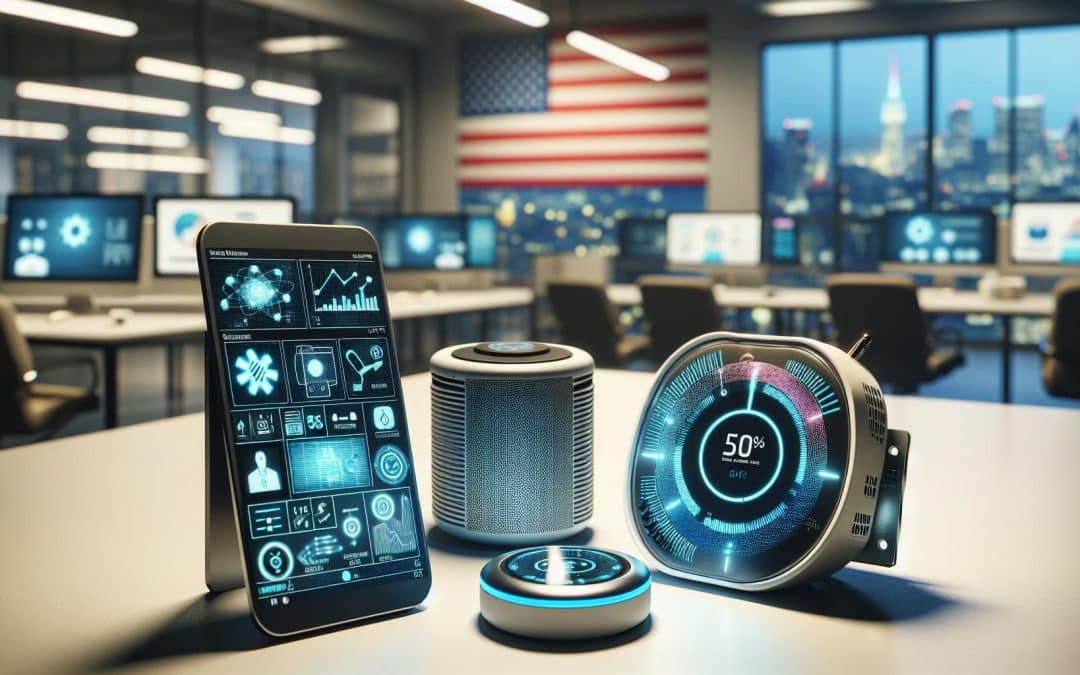Windows 10 IoT is a specialized version of Windows designed for embedded systems and Internet of Things (IoT) devices. It enables the creation of intelligent, connected solutions across industries like manufacturing, healthcare, and retail. This powerful platform offers security, flexibility, and seamless integration with the Microsoft ecosystem.
Key Features
- Security: Includes Secure Boot, BitLocker encryption, and Windows Defender
- Scalability: Supports a wide range of devices from small sensors to complex industrial machines
- Familiar Development: Uses Universal Windows Platform (UWP) and integrates with Visual Studio
- Cloud Integration: Seamless connection with Azure IoT services
- Versions: IoT Core for small devices and IoT Enterprise for advanced solutions
Applications
- Industrial Automation: Smart manufacturing, equipment monitoring, predictive maintenance
- Healthcare: Patient monitoring systems, medical device integration, telemedicine
- Retail: Point-of-sale systems, inventory management, customer experience enhancement
- Smart Homes: Home automation, security systems, energy management
Development Process
- Create a Microsoft account
- Install development tools like Visual Studio and Windows 10 IoT Core Dashboard
- Develop UWP or Win32 applications
- Test and deploy to supported devices
Performance and Reliability
- Efficient resource management for embedded systems
- Real-time processing capabilities
- High uptime reliability (99.99% for IoT Core, 99.999% for IoT Enterprise)
- Regular security updates and patches
Comparison with Other IoT Operating Systems
Windows 10 IoT offers several advantages over competitors like Raspberry Pi OS and Ubuntu Core:
- More robust security features
- Better integration with enterprise systems
- Comprehensive development tools and support
- Seamless scalability from small devices to complex industrial solutions
Conclusion
Windows 10 IoT provides a secure, scalable, and flexible platform for developing intelligent IoT solutions. Its integration with familiar Microsoft tools and cloud services makes it an attractive choice for businesses and developers looking to innovate in the IoT space.
Call to Action
Ready to explore Windows 10 IoT? Visit the official Microsoft IoT development page to get started with tutorials, documentation, and development tools.

